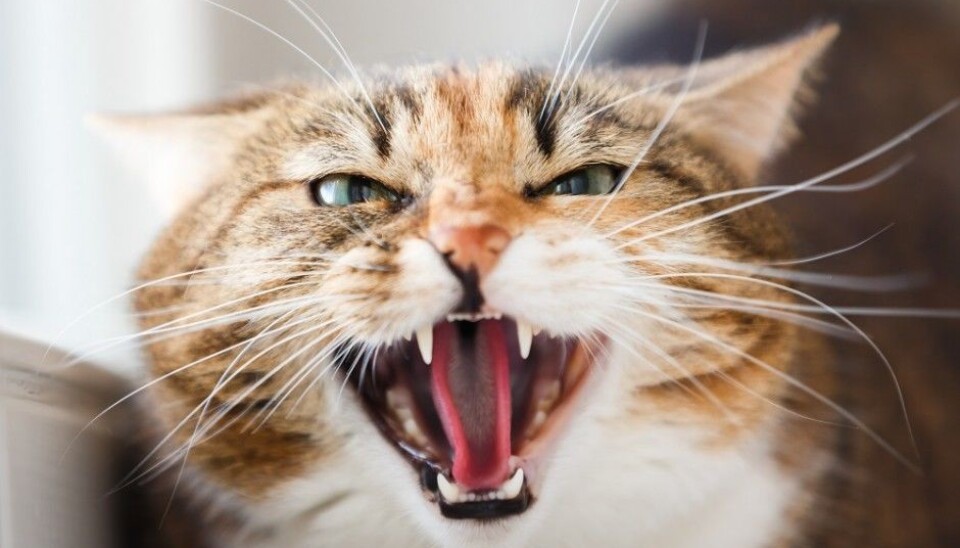
Is your cat unhappy? It might have arthritis
Osteoarthritis is a common problem among cats but the symptoms can be hard to diagnose. A new pressure mat could make it easier to determine when a cantankerous cat is suffering from painful joints.
Like us, cats are prone to suffer diseases and afflictions as they age. One of these is osteoarthritis (OA).
Cats tend to be stoics – they are experts at concealing their diseases and symptoms. This makes it very difficult for veterinarians to see whether cats suffer from OA, a chronic inflammation of the joint cartilage and underlying bone.
Osteoarthritis is a break-down of the cushion between the joints and it also causes bony enlargements at the joints. It is the most common form of arthritis and strikes animals as well as humans. Most human sufferers are over the age of 60 and the joints commonly affected are knees, hips and in fingers.
How do we find out if our cats have OA?
Different way of putting weight on paws
Veterinarian Sarah Stadig has tested out a pressure mat in her doctoral thesis work at the Swedish University of Agricultural Sciences in Uppsala. She thinks it can help in diagnosing the disease in cats, along with the use of questionnaires filled out by the cat’s owner.
Even though a cat has OA it tries not to limp – it puts its weight on its paws in a way that outwardly looks normal. So it is hard to observe that the cat is suffering.
By getting the cat to stroll across a pressure mat a veterinarian can see exactly which parts of its paws are taking most of its weight. An afflicted cat puts its load on its paws in a more uneven pattern than healthy cats do. In addition, cat owners provide feline conduct information by filling out a questionnaire at home.
Hard to find symptoms
The symptoms of OA in cats are not very noticeable and can be quite diffuse. But owners of cats might notice changes in their pet’s daily behaviour. For instance they can become very rejecting and aloof. This is not totally abnormal for cats as they age, but it can also be a sign of chronic pain.
A veterinarian will do a clinical analysis, feeling the cat and taking x-rays based on the owner’s information. But cat’s naturally attempt to hide their symptoms and are also stressed by any visit to a clinic. Diagnosing a cat with no clear exterior abnormalities can be difficult.
Even the results of x-rays and clinical observations can often be inconclusive or conflicting.
“We have seen a big need for better methods that can diagnose osteoarthritis in cats,” said Sarah Stadig in a press release.
Progress with new method
Stadig and her colleagues have made some progress using a pressure mat and a questionnaire they have created. She thinks the latter is easy to use and reliable. It can also become a standard at all veterinary clinics.
In an earlier study cats with OA were treated with anti-inflammation and pain-relieving drugs.
“This treatment had a measurable effect that was seen in both the pressure mat tests and the results of questionnaires. The vet could also see the effect by examining the cat before and after treatment,” explained Stadig.
-------------------------------------
Read the Norwegian version of this article at forskning.no
Translated by: Glenn Ostling







